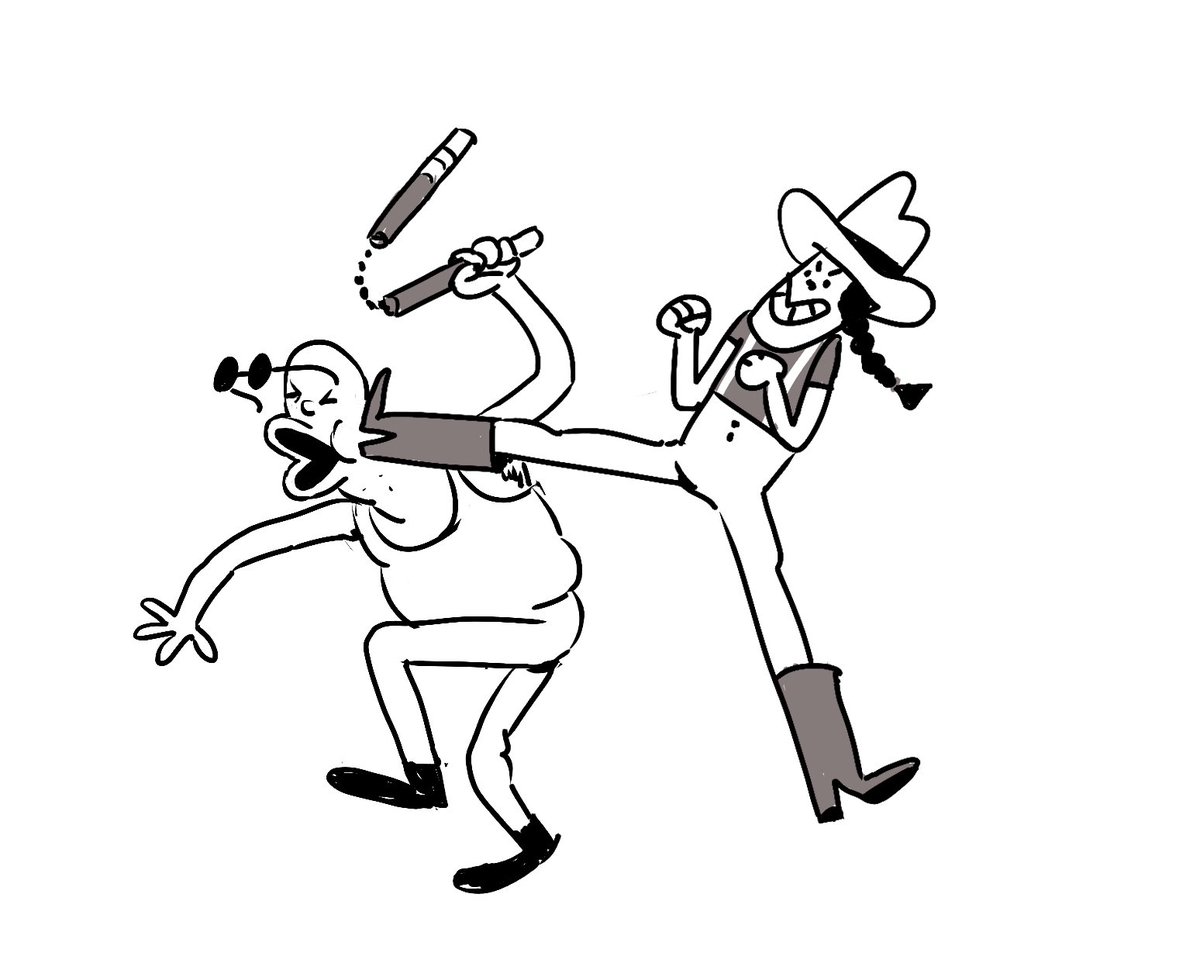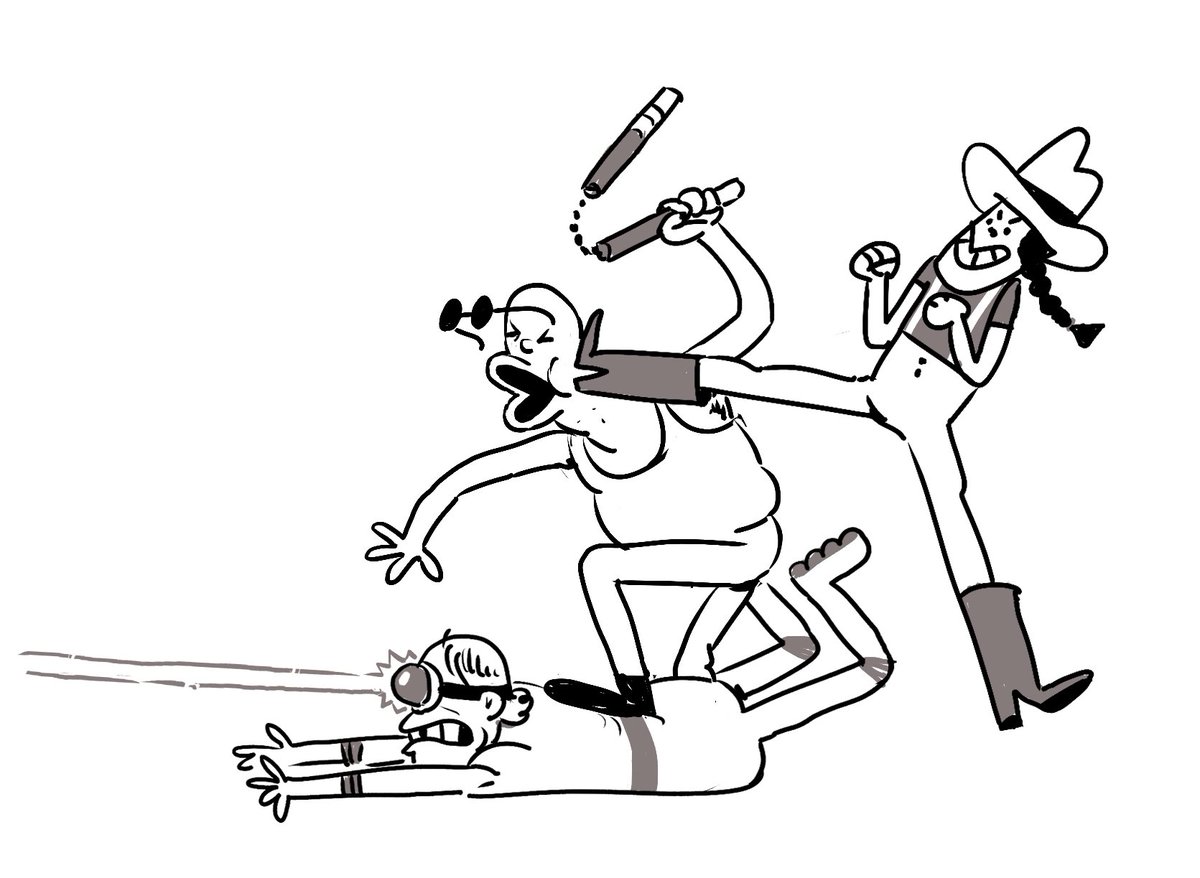First and most importantly, the number 60 is largely irrelevant, the ethos is far more important than the number.
There is a difference between imminent exsanguination and later effects of systemic malperfusion.
Being shocked is not the same as bleeding to death.
In trauma, early deaths from exsanguination >>> deaths from organ dysfunction.
Any discussion of permissive hypotension is really talking about minutes, maybe an hour or so.
The shorter the timeframe, the lower the transient tolerable BP.
(B) is important but (A) is really important.
This is why providing a consistent, balanced transfusion of PRBC & FFP is so important.
Crystalloid >>> RBCs > RBCs/FFP ?> Whole blood
((Note as physiological solutions none of these will CORRECT an established coagulopathy))
And worse, it leads to interstitial oedema which dramatically reduces cellular oxygenation and can directly cause death due to cerebral oedema.
While a patient is bleeding I am UNcomfortable if the SBP is ABOVE 90 and we are still transfusing.








